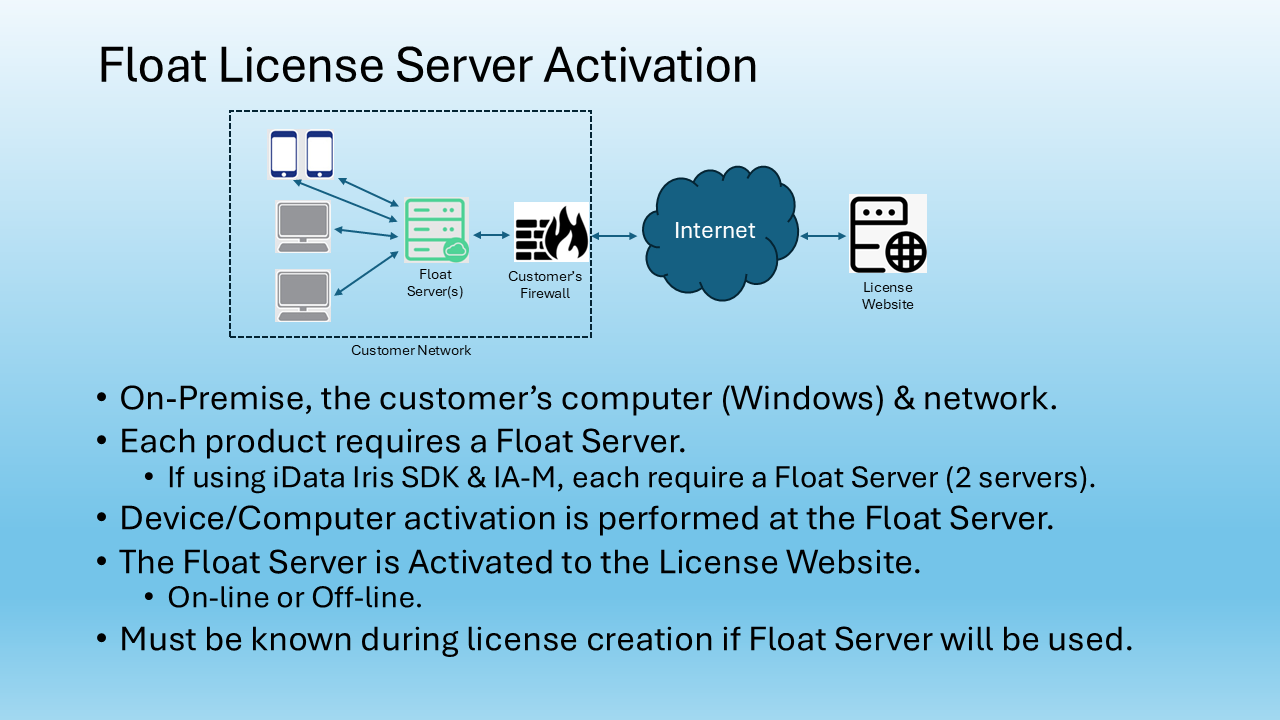How it Works
The IrisAccess employs iris recognition technology to provide accurate identity authentication without PIN numbers, passwords or cards. Enrollment takes less than 2 minutes. Authentication takes less than 2 seconds.
Video-based technology makes it easy to enroll, producing a template that in most cases is good for the life of the subject.
Although the terminology “iris-scanning” is often used when referring to iris recognition technology, there is no scanning involved at all. Iris technology is based on pattern recognition and the pattern-capturing methodology is based on video camera technology similar to that found in camcorders commonplace in consumer electronics. Like these cameras, the image capture process does not require bright illumination or close-up imaging.
- With a device activated by proximity sensor, a subject positioned 3″ to 14″ from the Enrollment Optional Unit is guided by a mirrored, audio-assisted interactive interface to allow an auto-focus camera to take a digital video of the iris.
- Individual images from the live video are captured using a frame grabber. The innovative algorithm of the iris recognition process analyzes the patterns in the iris that are visible between the pupil and sclera (white of the eye) and converts them into a 512-byte digital template. This value is stored in a database and communicated to Identification Control Units associated with portals where the subject has access privileges.
Recognition takes just 2 seconds.
- Upon approaching a portal protected by IrisAccess, proximity sensors activate the iCAM (Iris Camera) when the subject nears the operational range of the unit. The same mirror-assisted, audio-prompted interface that the subject became familiar with at enrollment helps ensure proper positioning and speedy recognition. The iCAM uses the same video and frame-grabbing methodology to create, select and digitize an image to be compared against the stored value retained at enrollment.
- The live presented value is compared against stored values at the well-secured Identification Control Unit (ICU) assigned to the portal. Once the iris is matched, either a direct signal is sent to activate a door, or a Weigand signal sent to a central access panel provides the impetus to open the door to an individual authorized to enter.

